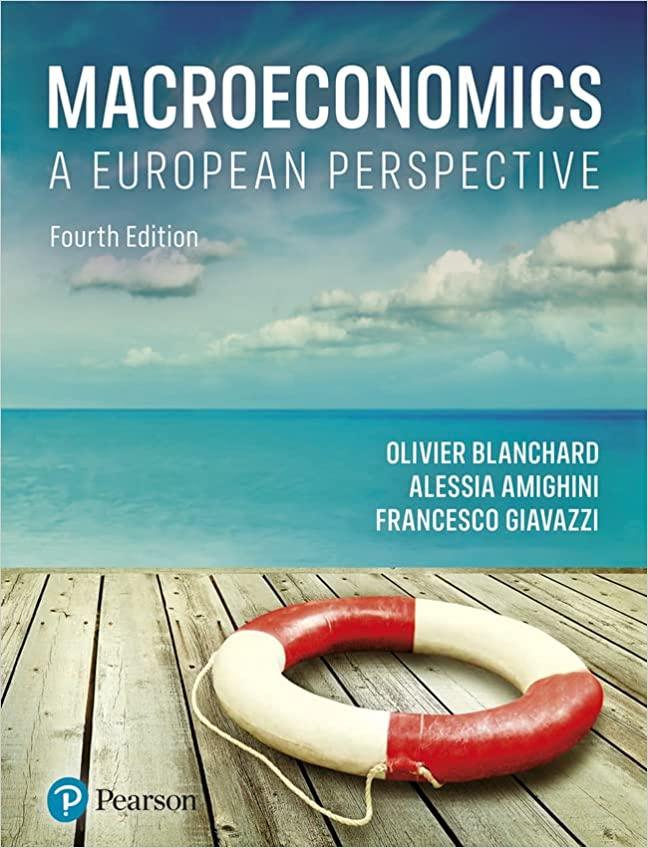According to the data presented in this chapter, about (44 %) of unemployed workers leave unemployment each
Question:
According to the data presented in this chapter, about \(44 \%\) of unemployed workers leave unemployment each month.
a. Assume that the probability of leaving unemployment is the same for all unemployed persons, independent of how long they have been unemployed. What is the probability that an unemployed worker will still be unemployed after one month? Two months? Six months?
Now consider the composition of the unemployment pool. We will use a simple experiment to determine the proportion of the unemployed who have been unemployed six months or more. Suppose the number of unemployed workers is constant and equal to \(x\). Each month, \(47 \%\) of the unemployed find jobs, and an equivalent number of previously employed workers become unemployed.
b. Consider the group of \(x\) workers who are unemployed this month. After a month, what percentage of this group will still be unemployed? if \(47 \%\) of unemployed workers find jobs every month, what percentage of the original \(x\) unemployed workers did not find jobs in the first month?
c. After a second month, what percentage of the original \(x\) unemployed workers has been unemployed for at least two months? After the sixth month, what percentage of the original \(x\) unemployed workers has been unemployed for at least six months?
d. Using Table B-28 of the Economic Report of the President (this is the table number as of the 2019 report) you can compute the proportion of unemployed who have been unemployed six months or more (27 weeks or more) for each year between 2000 and 2019. How do the numbers between 2000 and 2008 (the pre-crisis years) compare with the answer you obtained in part (c)? Can you guess what may account for the difference between the actual numbers and the answer you obtained in this problem?
e. For the unemployed who have been unemployed for six months or more, what happens to them during the crisis years 2009 to 2011 ?
f. Is there any evidence of the crisis ending when you look at the percentage of the unemployed who have been unemployed for six months or more?
g. Part of the policy response to the crisis was an extension of the length of time that an unemployed worker could receive unemployment benefits. How do you predict this change would affect the proportion of those unemployed more than six months? Did this occur?
Step by Step Answer:

Macroeconomics A European Perspective
ISBN: 9781292360898
4th Edition
Authors: Olivier Blanchard, Alessia Amighini, Francesco Giavazzi





